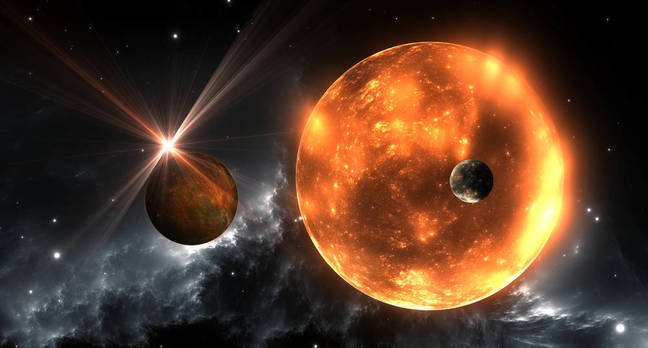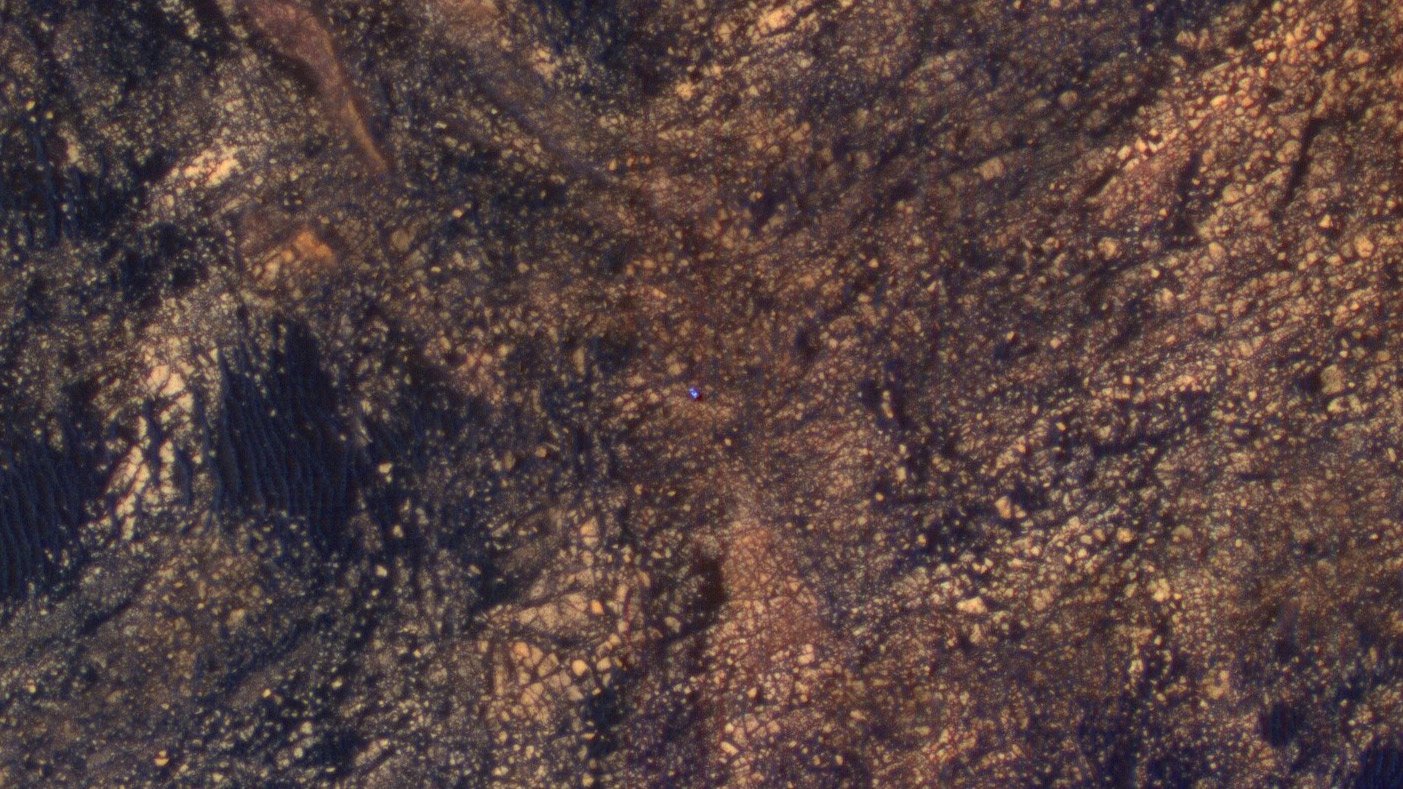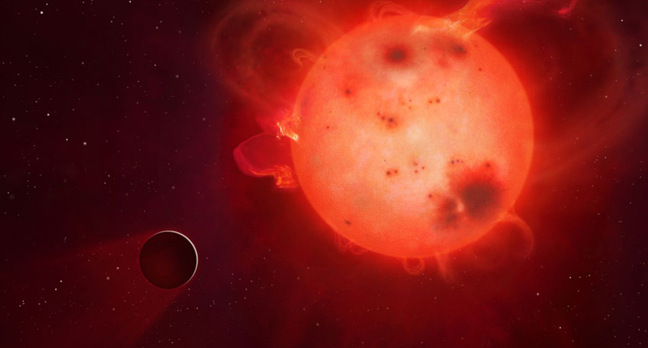- Joined
- Apr 1, 2005
- Messages
- 10,314
- Reaction score
- 6,263
NASA's Kepler space telescope finishes its original mission catalog
Fifty possible planets later, we're a step closer to a possible vacation Earth

Fifty possible planets later, we're a step closer to a possible vacation Earth









